|
The Research Shows…
I have always enjoyed reading educational research. My bookshelves at home are full of geeky research-related publications. I am always saddened that there seems to be this wide moat between the researchers/their findings and us, the practitioners, the very ones who should be applying what the research concludes - with no easy drawbridge to meet upon!
As passionate facilitators of STEM education, we know that introducing the engineering design process to early elementary students has become increasingly essential. Those of us who have worked with our smallest engineers know their minds are naturally curious and imaginative.
According to Hadani et al., “...children’s early experience builds brain architecture and lays the foundation for one’s lifelong thinking skills and approach to learning, both critical roots of STEM success.” Elementary educators play a crucial role in equipping students with these valuable skills, empowering them to become the architects of the future. Many other studies support this premise. For example, a study conducted by the University of Cambridge found that students who engage in engineering-based activities at a young age demonstrate improved problem-solving abilities and higher levels of creativity compared to their peers. These skills translate into better academic performance across various subjects, fostering a holistic learning experience. The Bigger Picture According to the U.S. Bureau of Labor Statistics, employment in STEM occupations is projected to grow at a faster rate than non-STEM occupations, creating new opportunities and demands for a technically skilled workforce.
By introducing the engineering design process to primary students, educators contribute to preparing the next generation for these emerging careers. Building a strong STEM foundation early boosts confidence and interest, opening doors to a wide range of professions, including engineering, architecture, computer science, and so many more.
Providing these positive STEM experiences at an early age is vital, as a large body of research shows that students who have not had this meaningful exposure in the elementary grades lose confidence and begin to believe that STEM-related studies are not for them by the time they are entering middle school. This is especially true for our girls. For more on this topic I highly recommend Breaking the STEM Stereotype by Dr. Amanda Sullivan. Or if you'd rather watch a webinar related to her extensive research in this area, I had the pleasure of joining her several years ago for a Wonder Workshop hosted session. You can view it HERE.
Disclaimer: This is an affiliate link in which I may receive a small commission for your purchase.
Developing a STEM Pedagogy
In its simplest form, pedagogy is defined as “the method of how teachers teach, in theory, and in practice.” As elementary school teachers, we have the unique privilege of nurturing young minds during their formative years. By introducing the engineering design process to our primary students, and regularly integrating it into our lessons, we can help them develop critical skills that will serve them throughout their lives.
Here are a few key reasons why integrating engineering design thinking into your curriculum is vital:
To Put It Simply
Introducing the engineering design process to primary students ignites their curiosity, fosters their problem-solving skills, and sets them on a path to becoming lifelong learners. As elementary educators, we have the power to unlock their potential, instilling in them the confidence to tackle complex challenges. By intentionally integrating engineering design thinking into our curriculum, we prepare our students for the exciting opportunities that lie ahead in the ever-evolving world of STEM. Remember, you are not just teaching engineering; you are nurturing students to be more successful no matter what path they follow in life! I'd love to know your thoughts! We're better together! If you haven't yet, please join my email list to get all the newest updates from Collazo Cove!
0 Comments
Leave a Reply. |
Kim CollazoSTEM Advocate and Picture Book Author Archives
April 2024
Categories
All
|

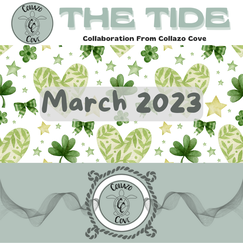
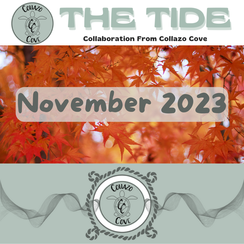
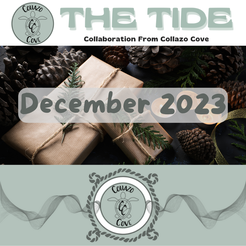

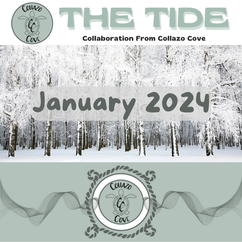
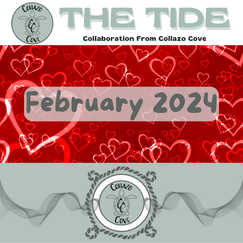

 RSS Feed
RSS Feed